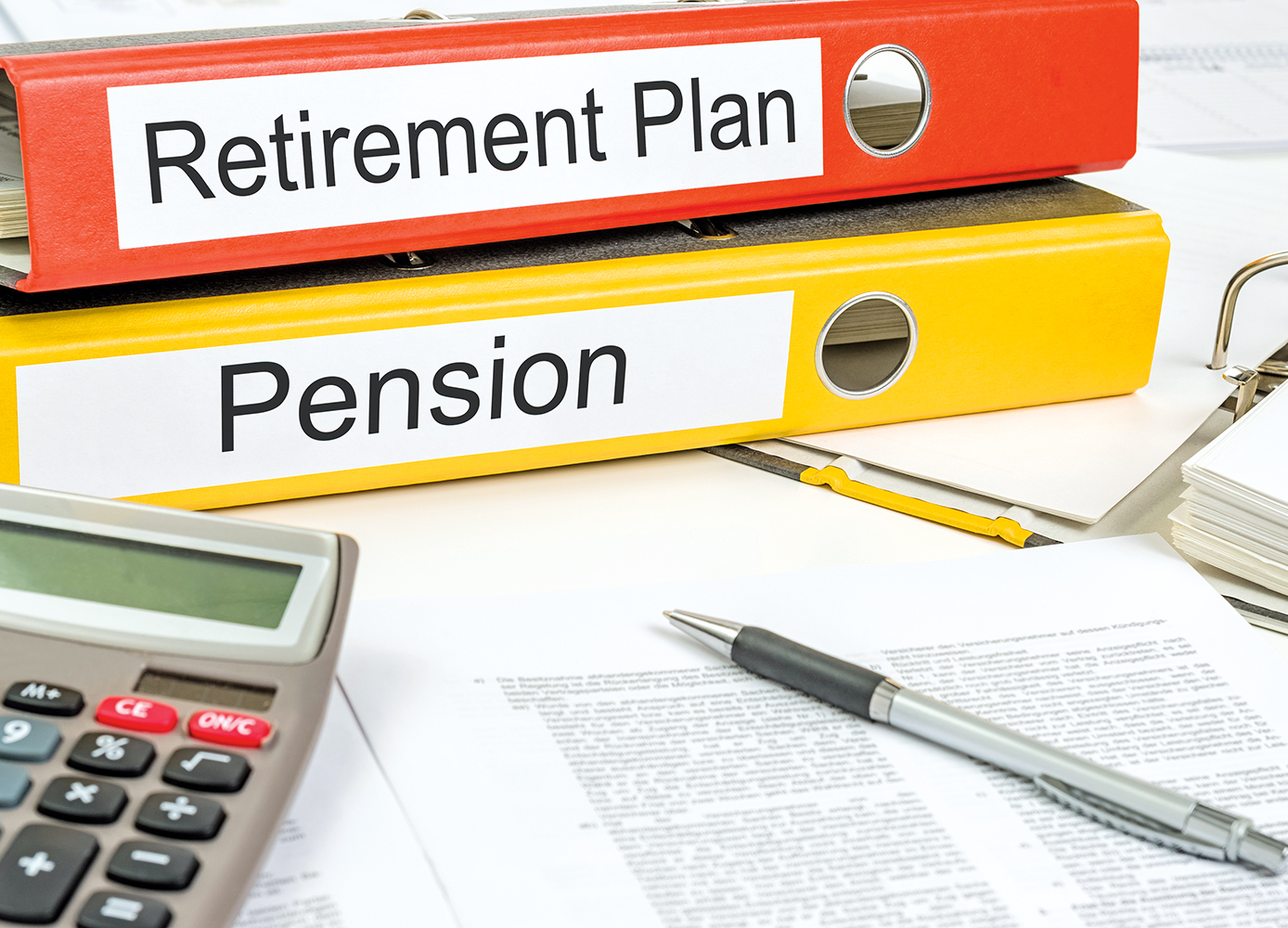Should you take your pension money and run? It depends
By Okey Chigbo
Photo: iStock/scyther5.
If your employer offers a defined-benefit (DB) pension and you’re approaching retirement, you may be wondering whether to take monthly payments for life or to opt instead for a lump sum, a choice that is available for most defined-benefit plans.
A DB pension plan is a registered pension that provides a retiree with a predetermined and guaranteed (all things being equal) monthly income for life, unaffected by the state of the investment markets. A DB pension may also be indexed to inflation and may include other benefits such as a health plan for the retiree and spouse; it may even include a health benefit provision for adult dependent children with disabilities.
Once you choose the lump sum, known as the commuted value of the plan, you can’t go back on the decision. And if there are other benefits such as a health plan attached to the DB pension, you lose those benefits when you take a lump sum.
The Downside of Lump Sums
In the Canadian private sector, DB pension plans have been in decline since the 1990s, and the 2008 recession accelerated their demise. Nevertheless, according to Statistics Canada, roughly 4.2 million paid workers were covered by a DB plan in 2018, while 1.1 million were covered by defined-contribution (DC) plans. (In a DC plan, nothing is guaranteed: both employer and employee jointly contribute and the money is invested by either the company or the employee. The final retirement sum depends on market growth or loss, so the retiree bears all the risk.)
How much a DB pension will pay out each month is often worked out using different formulas based on highest average earnings and number of years of working for the employer. Both employer and employee also jointly contribute to a DB pension, but the money is invested by the employer, who manages the investment and bears all the risk. The employer is obligated to pay out the predetermined lifetime monthly amount regardless of the market performance of the employer’s investment.
If you’re eligible for a DB pension, you’ll be given a period of time in which to make a decision on a lump sum or lifetime monthly payments, perhaps 60 days. You should find an independent financial advisor to help you decide which choice is best for you (an advisor with an interest in getting you to invest the lump sum with him or her is not necessarily the best source of independent advice). Such an advisor may take a one-time fee for providing advice.
Lump-sum payouts often look very enticing, and if you’re a long-term employee, you may be entitled to several hundreds of thousands of dollars; in some generous plans, you can get million-dollar figures in a lump sum if you retire in a senior position with many years of service. The lump sum is in theory what your lifetime monthly payments are worth today. It’s based on a complex set of calculations that involve such things as your age, estimated life expectancy, future interest rates, and whether you are retiring early.
However, the lump sum is often not fully available as cash. Federal and provincial legislation can result in a significant percentage of it being locked in, allowing you to withdraw only a certain percentage from the locked-in portion in a year (in some cases, about six per cent). Most important, the cash portion is taxable, and depending on the amount of the lump-sum payout, the withholding-tax hit can be very heavy.
“When you take the value of your pension as a single sum in one year, that amount often exceeds what you can transfer to tax-sheltered accounts,” Toronto CPA and pension expert Lea Koiv of Lea Koiv and Associates explained in a 2017 article in The Globe and Mail. “This means you’d need to pay tax on the extra amount. For some plans, which have particularly generous benefits, such as early retirement, bridge benefits, and inflation protection, it is not uncommon to see 60 per cent or more of the lump-sum value be taxable income. And because commuted values in some plans can be in excess of one to two million dollars, you can be looking at a very hefty tax bill, especially since many jurisdictions have top marginal tax rates that are in excess of 50 per cent.”
Key Considerations
So what are the key things to consider when making your decision about lump-sum or monthly payout?
Dr. Enoch Omololu, a Winnipeg personal financial expert and blogger (savvynewcanadians.com), describes DB monthly payouts as “a sweet deal.”
“We have a very limited number of Canadians who have access to a defined-benefit plan, and many do not have access to any employer-sponsored plan,” he says. “With the defined-benefit payouts, you have some assurance that your retirement will be decent.”
Omololu says you might consider taking a lump sum “if you’re very knowledgeable about investment management and are comfortable with managing your own portfolio, or you are a DIY type who wants to make better returns in the market.
“When you take the money to invest yourself, you imply you are as good at investing as professional managers. If you feel you can generate higher returns than your plan administrators or can match them, then go for it. There is some risk, though,” he warns. “If you put your money in conservative investments, you may not have enough money in your later years. There are conservative investments and over-optimistic investments and both can be problematic.”
Omololu adds that the lump sum might be the better option if you fear that your employer may not be able to maintain the pension plan for whatever reason, such as the firm being in trouble and in danger of going belly-up, or if the plan itself is in danger of becoming insolvent, so that the benefit may cease or not deliver what is promised. Such fears aren’t baseless, as the notorious Nortel Networks example shows. The bankrupt company’s pensioners were cut off from their defined-benefit pensions in 2010.
In Ontario, while an insolvent DB plan is not a happy situation, there is a pension insurance cushion in the form of the Pension Benefit Guarantee Fund. Ontario is the only province in Canada with such a plan (in the United States, pension insurance is federal). The fund pays the pensioners whose DB plans subscribe to it up to $1,500 a month should their pensions become insolvent, which is better than nothing for those who were collecting more.
“Another reason to take the lump sum is if you’re in poor health,” Omololu says. “If you have a serious illness [that may be terminal], it may be better to cash out.”
Questions to Ask
Here are some important questions to ask your company’s DB plan administrator:
– Is the DB pension indexed to inflation?
– Will my monthly payments be reduced once I begin to collect Old Age Security (OAS)?
– How much will my spouse get on my death and for how long?
– Can I split the cash payout, so I get half in one year and the other the next year?
– What is the solvency ratio of your DB plan? (The best solvency ratio is 100 per cent, which means that the plan is fully funded and can meet its obligations. The median DB solvency ratio in Canada, according to a 2019 survey, is 81 per cent, which may become problematic in the future.)
Other things to consider are that in a lump-sum investment, there can be money left over for inheritance. While a DB payment has provisions for a spouse after your death, any benefits can’t be transferred to other members of your family. How much personal control do you want over your money?
Before you make your decision, discuss everything with a competent independent financial advisor.






